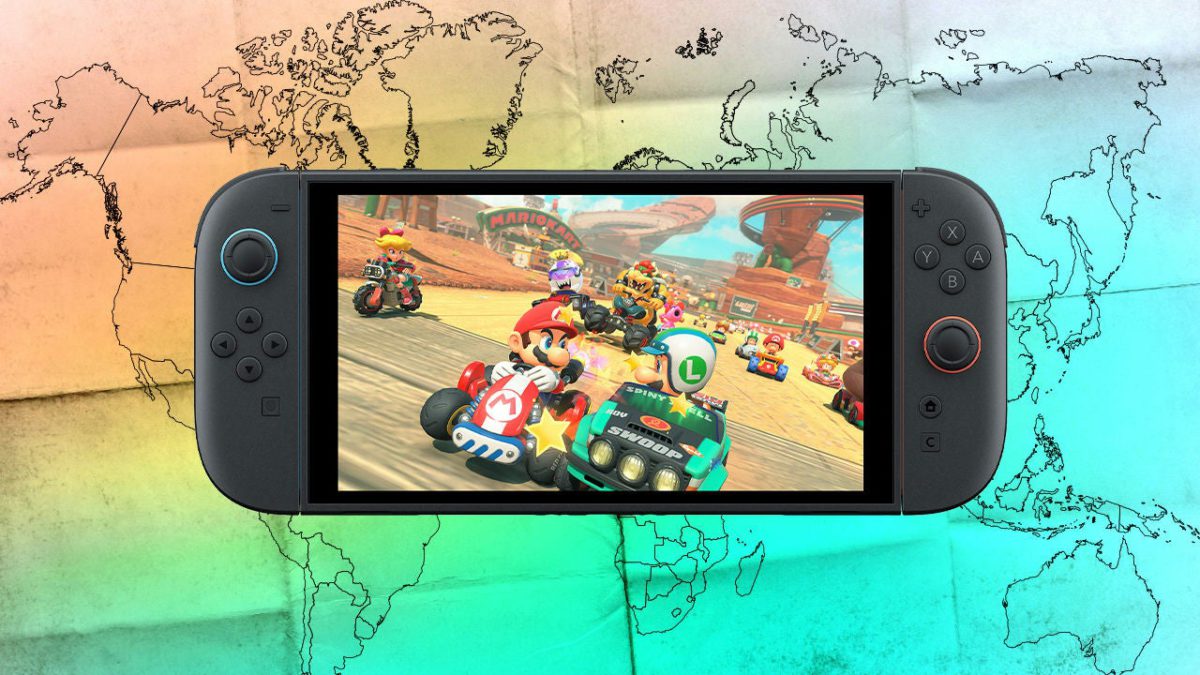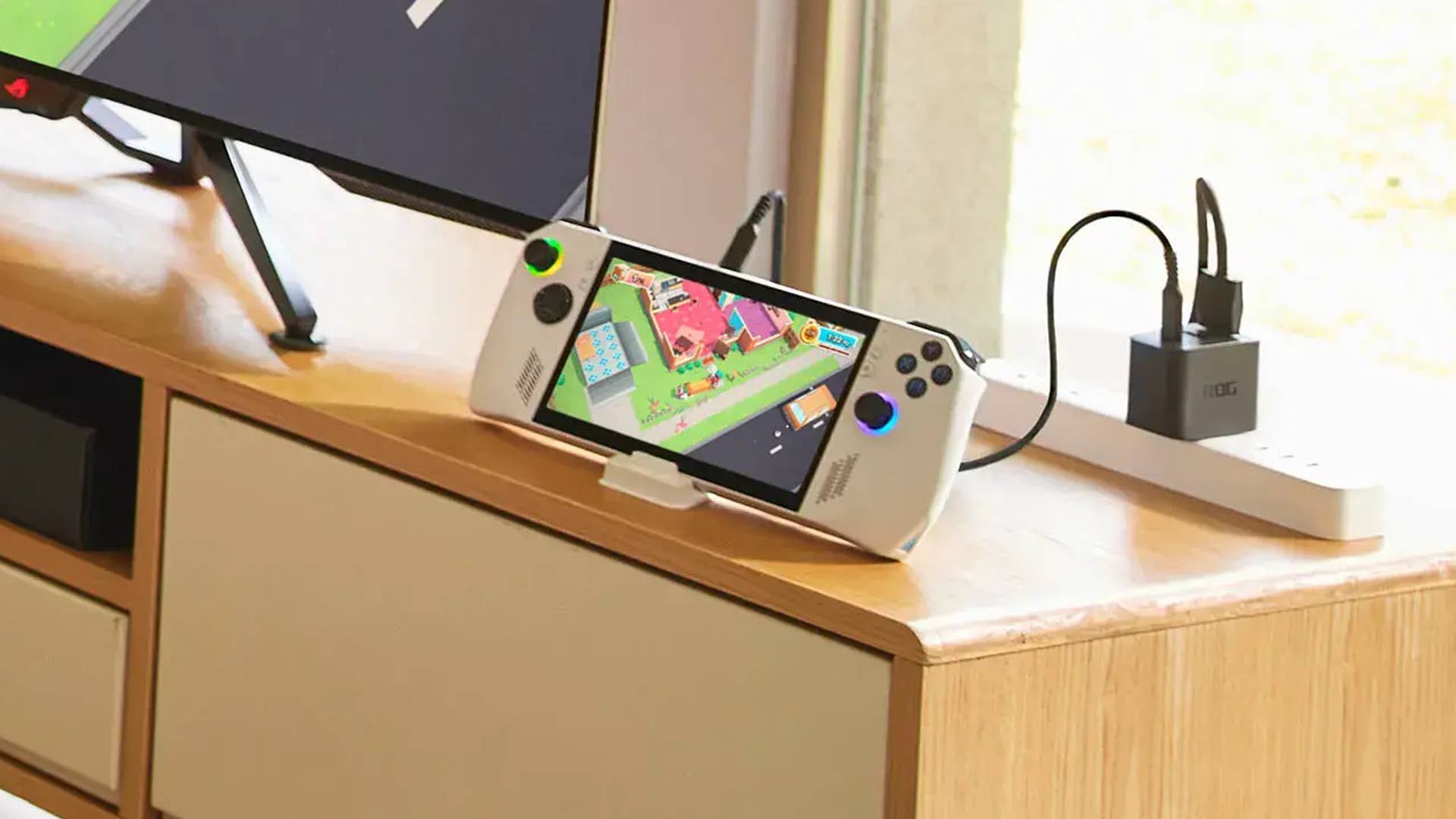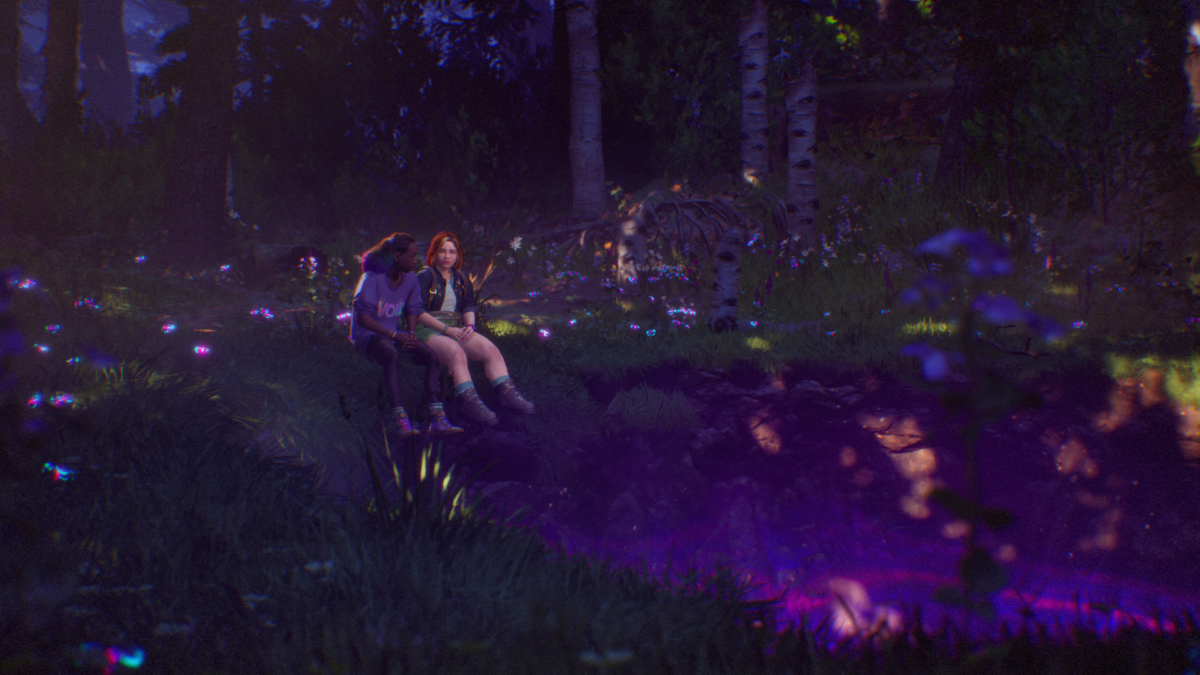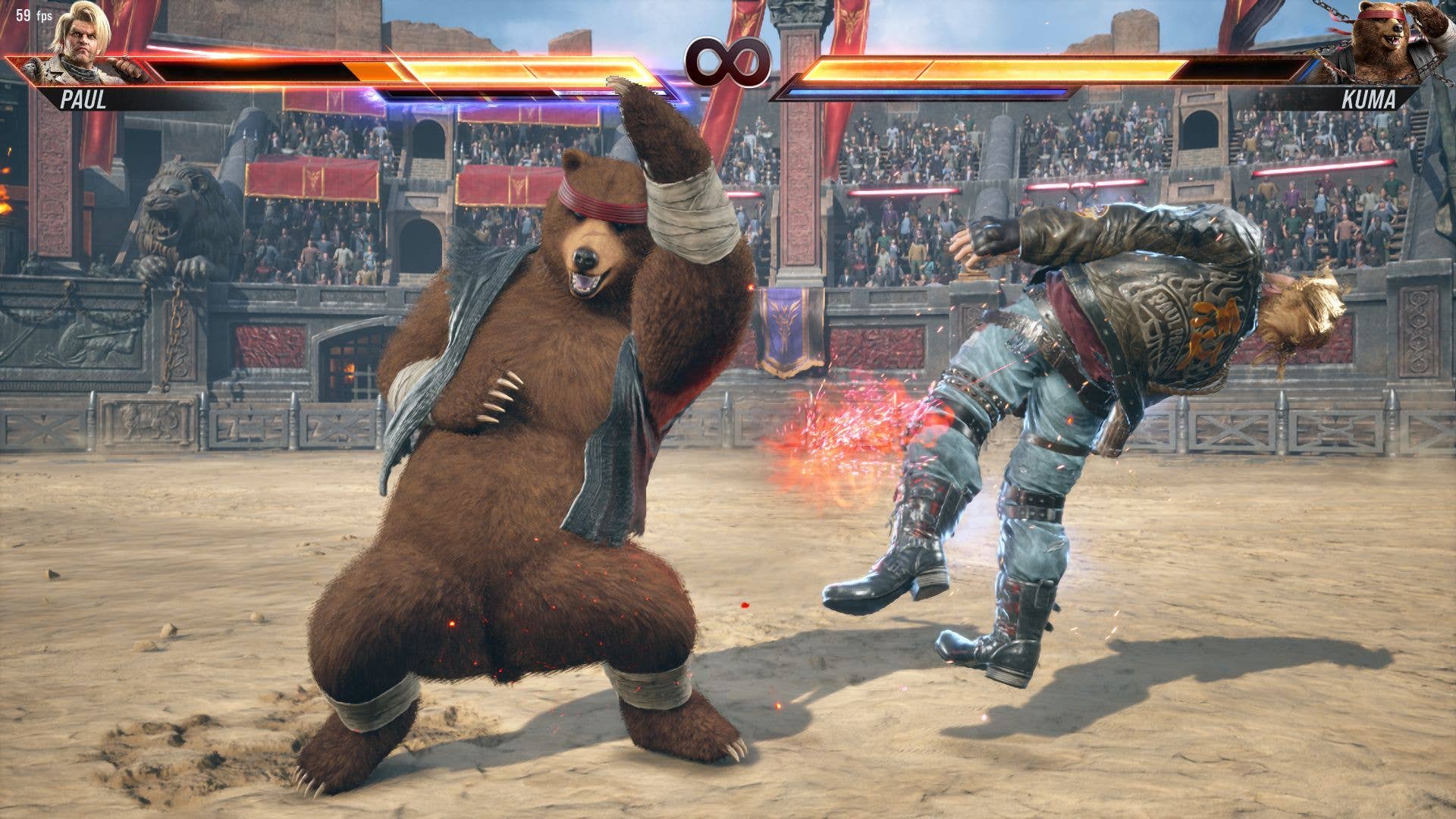
What a year for Nintendo to finally release the Switch 2. While the hardware itself looks to be what anyone could have hoped for in a Switch successor — a more powerful version of the console millions of owners already love — the economic uncertainty gripping the world has made the Switch 2 a much more complicated prospect.
And that’s before we even consider the trade war the United States is currently engaged with China in. The $450 USD console price point and $80 USD sticker on Mario Kart World has made the Switch 2 something of a flashpoint amid the rising cost of games and gaming hardware, both here in the US and abroad.
To get a better idea of how the world is reacting to the Switch 2, I spoke with editors from IGN brands across the world to get a sense of the Switch 2’s impending release.
How the Rest of the World Feels About the Switch 2
After consulting with editors from IGN sites abroad, including those based in Europe, South America, and Asia, the reception to the Switch 2 has been, well, mixed. The hardware improvements like 120hz refresh rate, HDR, and 4K output are praised, but missing features like not having an OLED screen are seen as serious drawbacks.
“As far as reception goes, IGN Italia’s readers are predominantly dissatisfied with the Nintendo Switch 2,” says IGN Italy editor-in-chief, Alessandro Digioia. “Among hundreds of comments across news articles and social media, the main concerns revolve around the price point, the lack of an OLED screen, the absence of a trophy/achievement system, and a modest launch line-up. While some third-party announcements were welcomed, many readers expected more from Nintendo’s first-party titles.”
IGN Portugal’s Pedro Pestana shared similar sentiments from their readers – sentiments they agreed with: “Personally, I’m not that impressed with Switch 2, as it is basically a souped up Switch 1 – better in every sense, but without the novelty factor of the original. That being said, I reckon it’s gonna come down to the games, and Mario Kart World looked damn nice.”
Other regions are seemingly more receptive to the Switch 2’s hardware improvements. IGN Benelux’s Nick Nijiland says the site has been getting mostly positive feedback, despite the price of the console. “We have seen in our region that the console has been received very well. People complain about the price, but at the same time the console sold out within hours. We put up a post on our website stating that we would let our readers know through our Discord server when pre-orders went live and our Discord got so many new members that day, it was insane.”
IGN Turkey’s Ersin Kilic also shared positive views from the region’s readers. “When I look at the comments, it is seen as positive that Nintendo corrected the points criticized on [the first] Switch. Although the console is stylish and uses LCD, the fact that the screen is much better was received positively.” However, Kilic says “the most criticized point was that Hall Effect was not used in Joy-Con 2,” which some gamers hoped could minimize the risk of Joy-Con drift.
IGN China’s Kamui Ye gave both sides of reader reactions to the Switch 2. “The reveal event has been met with widespread disappointment due to its lackluster launch title lineup and perplexing regional pricing strategies,” they explained. Furthermore, Ye says the launch lineup that didn’t include a new Mario, Legend of Zelda, or Animal Crossing was another negative.
“However, optimism persists among core fans regarding Nintendo’s long-term plans,” Ye adds. Along with the belief of a better software lineup down the line, any of the horsepower and battery concerns for the Switch 2 “appear secondary to loyalists prioritizing backward compatibility, hardware refinements like magnetic Joy-Cons, and Nintendo’s legacy of iterative software support.”
“Ultimately, the brand’s entrenched fanbase seems willing to tolerate short-term missteps, betting on Nintendo’s historical ability to refine its platforms through compelling games over time,” Ye says.
Hardware Price and Tariff Fears
The Switch 2 is expected to launch at a $450 USD price point in the United States when it is made available to pre-order some time in the future. The reason pre-orders have yet to happen in the United States and Canada, despite the rest of the world already registering their purchases with retailers, is of course due to an ongoing tariff situation from President Trump. It’s a state of affairs that’s seemingly making Nintendo reconsider how to roll out the console properly in time for its June 5 release date.
Naturally, IGN editors from Europe aren’t particularly impacted by the tariffs in their regions, where pre-orders are already up and running.
“In Germany, nobody is really worrying about the tariff situation regarding the Switch 2,” says IGN Germany’s Antonia Dressler. However, the actual retail price of the Switch 2 is a separate matter.
“There are a lot of complaints about the pricing of the console… and [readers are making] direct comparisons with the pricing of the PS5 [which] is seen as the better console,” explains Dressler. Despite the complaints, though, pre-orders do seem to be coming in for the region.
The pricing of the Switch 2 firmly places it in direct competition with consoles like the PS5 and Xbox Series X in many regions, making the choice of which console to get even harder for global buyers. “At the moment, Nintendo’s official website is taking pre-orders and the price is R12,499,” says IGN Africa’s Zaid Kriel. “It is not crazy pricing, but it’s now in the same bracket as the PS5 and Xbox Series X. It’s no longer a cheaper alternative, and that could be a problem, especially with the increase in game prices Nintendo has introduced.”
“The pricing problem pretty much overshadowed everything going on around the Switch 2 reveal, good or bad,” IGN France editor-in-chief, Erwan Lafleuriel, says. “The debate is raging mainly about prices, but I believe because it was kind of easy to overshadow a reveal lacking in many other aspects. Part of that is… we already knew most of what was revealed from the leaks. And there is no impressive ‘one more thing’ to add. Even in terms of games, it’s good, but it feels like something is missing.”
Other regions outside of the United States, however, are contending with the fallout of the tariffs. IGN Brazil’s Matheus de Lucca says, “The current tariff war initiated by the United States makes the scenario even worse for Brazil, since the Real is a weak currency compared to the dollar and an increase in the price of the Switch 2 in the United States will most likely have a huge impact on the whole of Latin America. The scenario of uncertainty and a possible increase in the price of the console could make the Switch 2 accessible to only a very small group of players in the Brazilian market.”
There is also the unique situation in Japan where Nintendo is launching a region-locked version of the hardware at a lower pricepoint to protect its domestic market “I think Nintendo knew they couldn’t go over 50,000 yen in Japan – the weak yen means the relative pricing scale is very different here,” says IGN Japan’s executive producer, Daniel Robson. “But presumably they also realised that if the console was much cheaper here than anywhere else, people would try to import it or buy all the stock when they visit Japan. Hence the region lock – our cheaper Switch only plays Japanese games and supports only Japanese accounts. I’m sure this is a direct result of the global trade situation.”
Robson also says that, “The price is still high, and will be tough for many families here, but it’s far more competitively priced than the 77,000 yen PS5. Not to mention that Japan is firmly a Nintendo country – the house of Mario dominates the console Top 10 week in, week out, so I doubt families here will be able to go without a Switch 2. That said, as a parent, I’m secretly relieved that my daughter hasn’t asked for a Switch 2, as the price puts it comfortably over the bounds of a birthday present.”
Software Price Remains the Biggest Pain Point
Despite the issues of hardware costs and tariffs, the biggest bugbear affecting the general feeling regarding the Switch 2 announcement has been the price of software. Some of that pain is to be expected: Nintendo games have always been expensive and held their price, and it’s only natural that Nintendo would join the trend of increasing game prices. But it seems the company may have jumped the gun by pricing Mario Kart World at $80 USD. While Nintendo says pricing will be determined on a game-by-game basis, with other Switch 2 launch window games priced at $70 USD or as low as $10 USD, the move has prompted fears that the gates are now fully open for even more expensive software.
“Game pricing is by far the biggest issue raised, not only by our readers but by the Italian gaming community at large,” says IGN Italy’s Digioia. “Many feel that Nintendo’s new pricing structure is unjustifiable, especially in light of recent increases that came with the PS5 and Xbox Series X/S era (when AAA titles moved from €70 to €80). Now, Nintendo is pricing some first-party games at €90, which has caused considerable concern – particularly given the company’s historically conservative approach to discounts. The €9.99 price for Switch 2 Welcome Tour sparked additional backlash, and even the paid upgrade paths for existing Switch games are widely seen as another way to extract money from loyal customers.”
“People are pissed,” IGN Germany’s Dressler says plainly. “Especially with the 90 Euro for Mario Kart World, that is a record for a video game in Germany; not even titles like Assassin’s Creed cost as much (talking about the base version). It also seems ridiculous that the tutorial game will cost anything — Nintendo just looks absurdly greedy right now.”
Take a look in any Switch 2 comment thread on IGN.com and you’ll find similar sentiments; the high price of games is unwelcome, especially in a time of increased living costs. A more unusual perspective can be found in mainland China, however, where there are no current plans for an official release. As a result, Switch 2 shoppers there may have to look to the gray market, with stock coming from Japan and Hong Kong – places where prices for games look to be a bit cheaper.
“Regarding pricing, game prices in Hong Kong and Japanese editions are relatively lower compared to Western markets. Observations from social media comments under our content show most players find the official price acceptable,” IGN China’s Ye says. “While the console itself has seen some price hikes, users generally consider it more cost-effective than handheld PCs like Steam Deck, especially with backward compatibility support. Based on our data, Chinese mainland Nintendo Switch 1 players appear largely receptive to the official Nintendo Switch 2 price increase.”
Right now it seems sensible to bet that the Switch 2 will be a success – it’s a safe, recognizable upgrade to one of the most popular and beloved consoles of all time. But what kind of a success story Nintendo has on its hands remains to be seen. The threat of an era of $80 games during a time of economic hardship has clearly put a substantial amount of prospective buyers into a negative headspace. Plus there are still many unknowns surrounding the console, especially in the United States where tariffs stand to negatively impact the North American launch. Then there’s the question of how international politics may result in potential stock shortages and impact the system’s launch around the globe.
For all those unknowns, what is clear from chatting with IGN’s global staff is that Nintendo has whipped up excitement around the world. It’s just excitement with a few more caveats than you’d expect from Nintendo.
Matt Kim is IGN’s Senior Features Editor.















